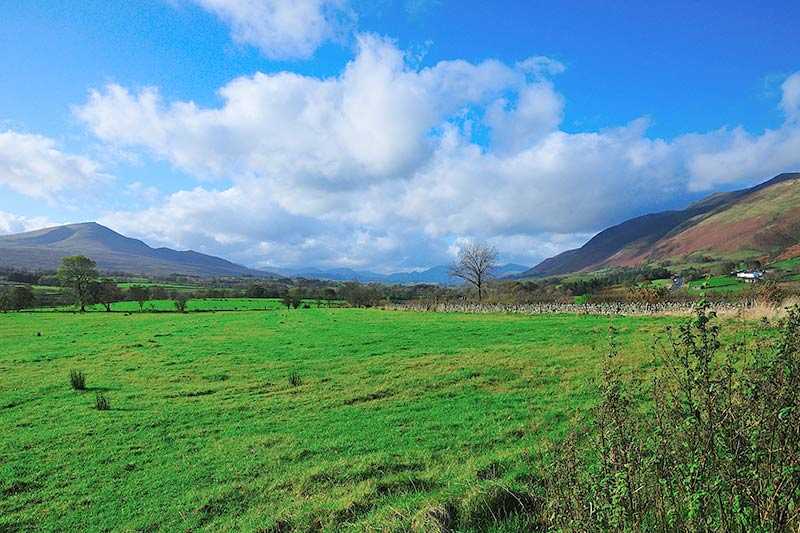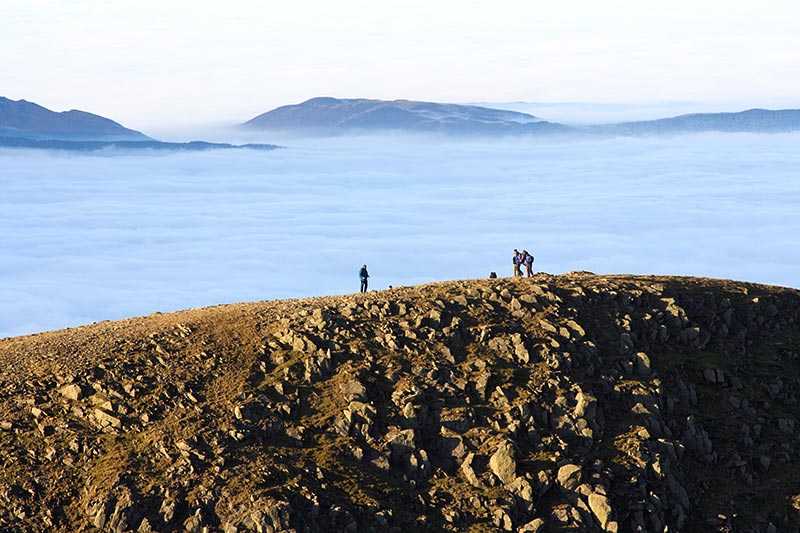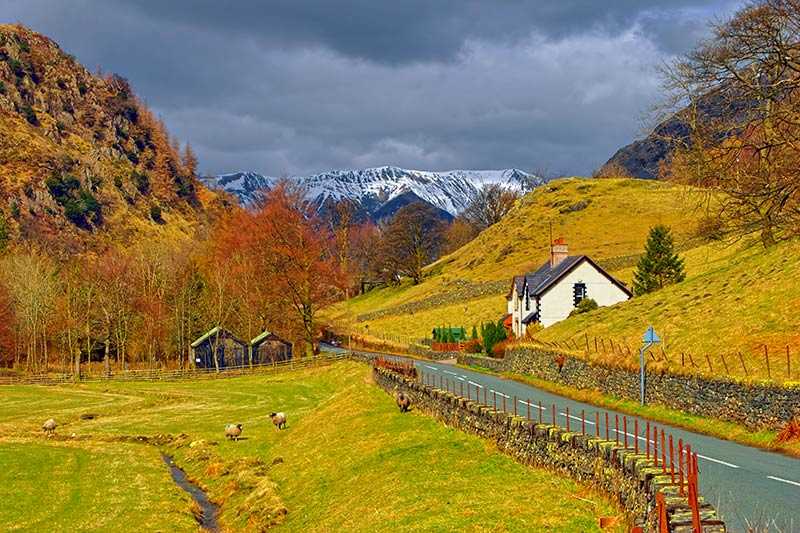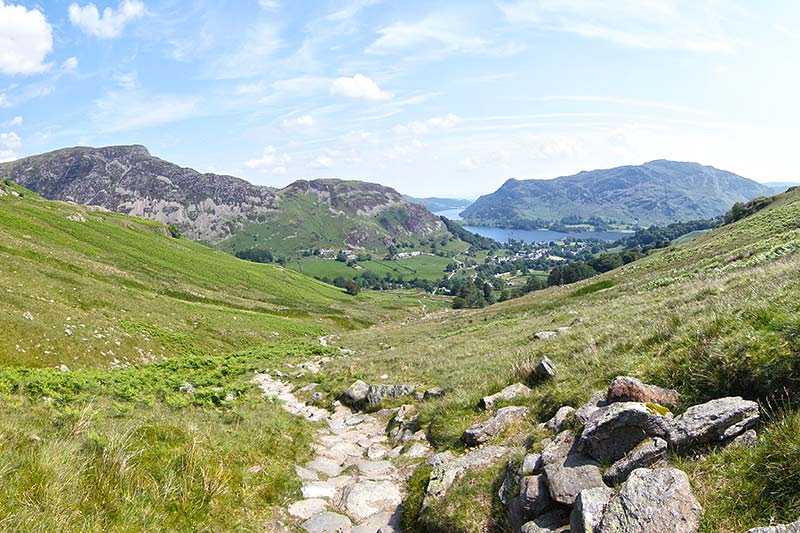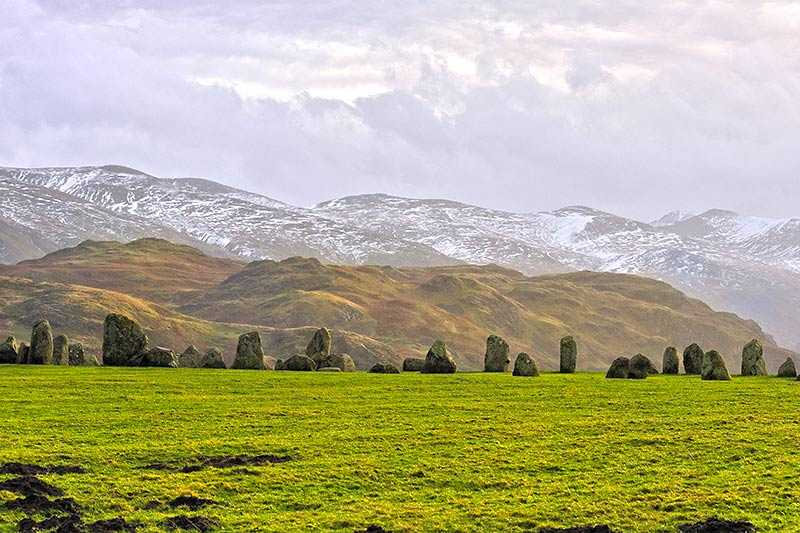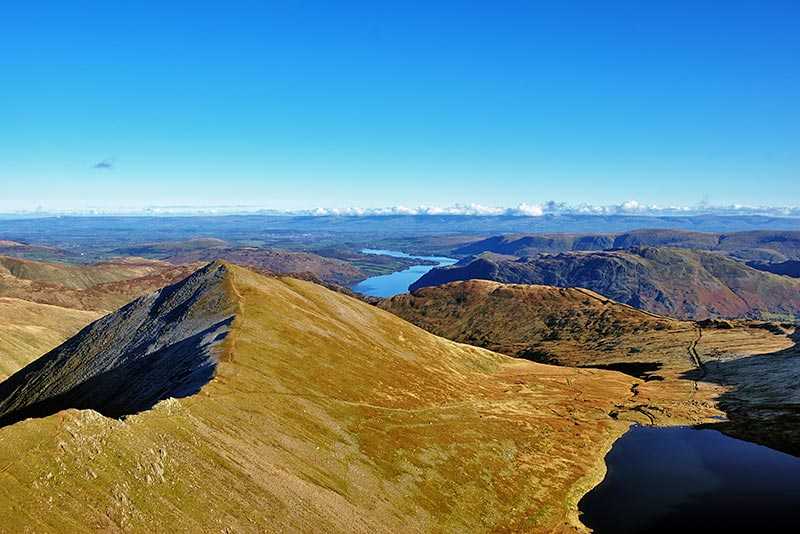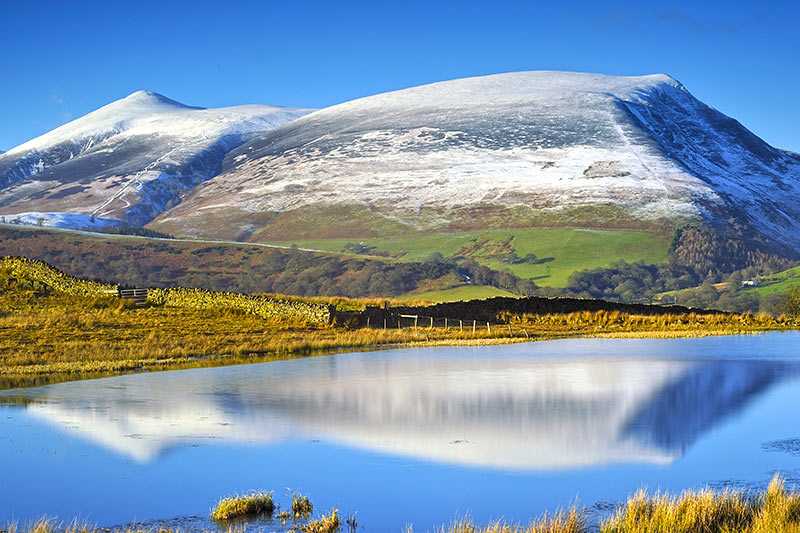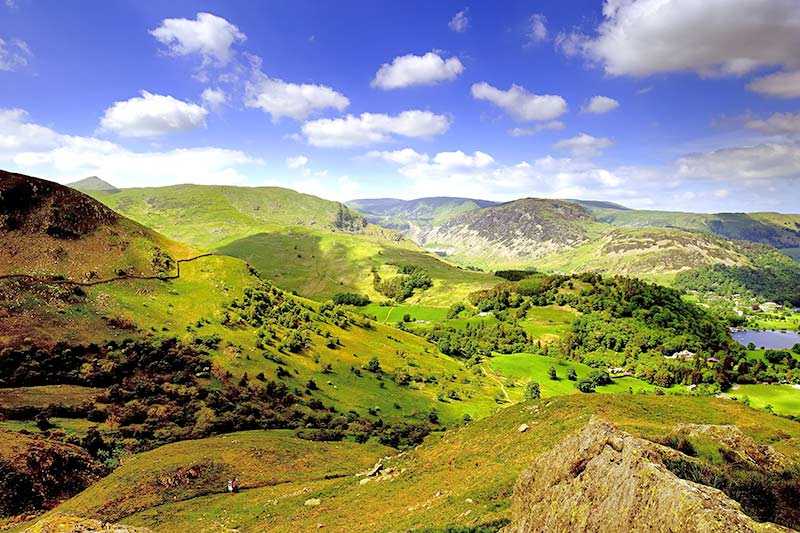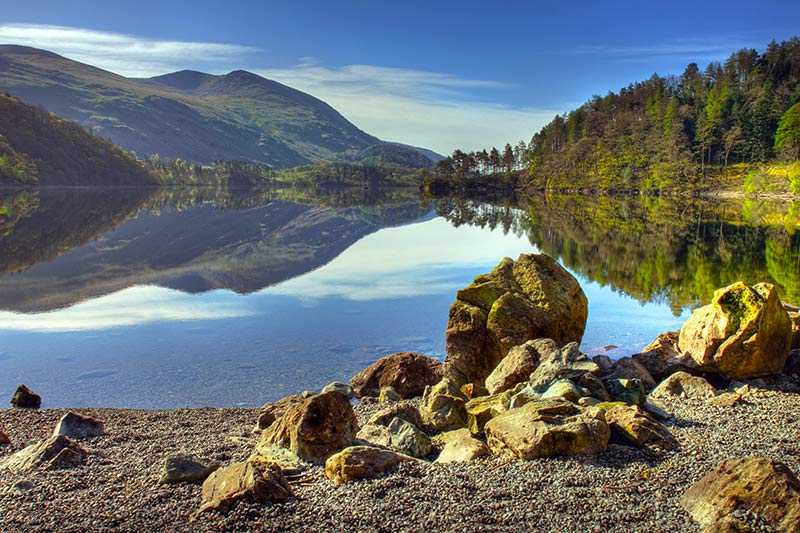Great Dodd
About Great Dodd
At an elevation of 857 m (2,812 ft) and with a prominence of 109 m (358 ft), Great Dodd is listed as a Hewitt as well as a Wainwright. Its parent peak is Helvellyn and it...
About Great Dodd
At an elevation of 857 m (2,812 ft) and with a prominence of 109 m (358 ft), Great Dodd is listed as a Hewitt as well as a Wainwright. Its parent peak is Helvellyn and it stands on the main ridge of the Helvellyn range, although separated from it in part by Sticks Pass. Great Dodd is the highest of the so-called Dodds, a group of mountains in the Eastern Fells which al...
Things to do near Great Dodd
Attractions near Great Dodd
Activities
About Great Dodd
About Great Dodd
At an elevation of 857 m (2,812 ft) and with a prominence of 109 m (358 ft), Great Dodd is listed as a Hewitt as well as a Wainwright. Its parent peak is Helvellyn and it stands on the main ridge of the Helvellyn range, although separated from it in part by Sticks Pass. Great Dodd is the highest of the so-called Dodds, a group of mountains in the Eastern Fells which also includes Watson’s Dodd and Stybarrow Dodd.
In contrast to the fells in the Fairfield and Helvellyn ranges, the western flanks of Great Dodd are precipitous and craggy. However, like its fellow Dodds, Great Dodd’s slopes are otherwise broad and grassy. The summit is smooth and domed, with the highest point at the north-west end being marked by a cairn. A far older cairn stands about 100 m south of the highest point and incorporates a wind shelter. A further cairn is found part-way down the western slope and marks the minor top of Little Dodd.
Views from the top of the fell are panoramic, stretching as far as the Solway Firth on clear days; and especially impressive are the Helvellyn range to the south and Blencathra to the north.
Climbing Great Dodd
Because of their somewhat isolated nature, The Dodds are less visited than many other Wainwright peaks. However, a popular circular walk around Deepdale takes in all three Dodds; or an extended route beginning from High Row near Dockray which runs from Hart Side to Stybarrow Dodd and Watson’s Dodd, then visiting Great Dodd before Clough Head. Direct ascents can be made from Legburthwaite to the west or High Row to the east.
The precipitous western flank is home to three gills (Mill Gill, Beckthorns Gill and Sandbed Gill) commonly used by scramblers and climbers with the necessary rope and climbing skills.
